A very rare Meissen Augustus Rex underglaze-blue and white beaker vase, Circa 1725 the Gu-shaped vase painted on each side of the flaring neck with either a bird or a caterpillar upon a flowering branch beneath a foliate scrollwork border around the rim and above the slightly swelling mid-section painted with seated and standing figures in a continuous landscape, painted above the foot with birds and insects amidst flowering branches issuing from rockwork, AR mark in underglaze-blue. Height: 12¼ in.31.1 cmCondition reportFor further information please contact oppenheimer@sothebys.com; +1 212 894 1442.ProvenanceThe Royal Collections of Saxony, Japanese Palace, Dresden;Porzellane und Waffen aus den Kgl. Sächsischen Sammlungen in Dresden, Rudolph Lepke's Kunst-Auctions-Haus, Berlin, October 7-8, 1919, lot 219;Margarethe (née Knapp, 1878-1949) and Dr. Franz (1871-1950) Oppenheimer, Berlin & Vienna, bearing label (by 1927) (no. 42 in black);Dr. Fritz Mannheimer (1890-1939), Amsterdam & Paris, inv. no. Por. 185 a/b (acquired between 1936 and 1939);Dienststelle Mühlmann, The Hague (acquired from the Estate of the above in 1941 on behalf of the Sonderauftrag Linz for the proposed Führermuseum);On deposit at Kloster Stift Hohenfurth;On deposit at Salzbergwerk Bad Aussee;Recovered from the above by Allied Monuments Officers and transferred to the Central Collecting Point Munich (MCCP inv. no. 1610/1);Repatriated from the above to Holland between 1945 and 1949;Loaned by the Dutch State to the Rijksmuseum, Amsterdam in 1952 and transferred to the museum in 1960;Restituted by the above to the heirs of Margarethe and Franz Oppenheimer in 2021LiteratureLudwig Schnorr von Carolsfeld, Sammlung Margarete und Franz Oppenheimer. Meissener Porzellan, Berlin, 1927, no. 41/42, pl. 12Franz Kieslinger, Verzeichnis der Restbestände der Sammlung Mannheimer, [S.I.], 1941, p. 20, cat. no. 105Arno Schönberger, Meissener Porzellan mit Höroldt-Malerei, Darmstadt, 1953, p. 13, 34, n. 13W.B. Honey, Dresden china, an introduction to the study of Meissen porcelain, London, 1954, p. 71, 183, no. 63 pl. XLudwig Schnorr von Carolsfeld & Erich Köllmann, Porzellan der europäischen Fabriken, Brunswick, 1956, p. 96, fig. 56Abraham L. den Blaauwen, Saksisch / Dresden China 1710-1740, Amsterdam, 1962, fig. 6Hermann Jedding, Europäisches Porzellan, Vol. I Von den Anfängen bis 1800, Munich, 1971/1979, fig. 62Abraham L. den Blaauwen, Meissen porcelain in the Rijksmuseum, Amsterdam, 2000, pp. 40-41, cat. no. 15Catalogue noteA brief but informative summary of the development of underglaze-blue decoration at the Meissen porcelain factory is provided in Santangelo, 2018. The author explains on p. 89 that it was of paramount importance to Augustus the Strong that his factory be successful in achieving the brilliant underglaze-blue decoration of the Asian porcelains in his collection. And so, a prize of 1,000 thaler was to be awarded to whomever could solve the complex issues of firing blue under the glaze. In 1720, the arcanist David Köhler (1683-1723) succeeded in overcoming these issues by adapting the porcelain paste. Köhler had come to Meissen from Freiberg and by 1704 was working with Johann Friederich Böttger in the Albrechtsburg at Meissen. Following Böttger's death in 1719, he was appointed to the position of factory Obermeister. It was at this same time that he also embarked upon the experimental work that would ultimately result in the factory's ability to successfully produce the underglaze-blue decoration on Meissen porcelain that Augustus the Strong so desired. The King's appetite for blue and white porcelain is perhaps best presented in the infamous exchange in April and May of 1717 in which Augustus acquired 151 Chinese blue and white pieces owned by Frederick William I of Prussia (90 pieces from Schloss Oranienburg, and 61 from the Schloss Charlottenburg), in exchange for 600 mercenary soldiers from his own army. Eight years previously in 1709 he visited Berlin w
A very rare Meissen Augustus Rex underglaze-blue and white beaker vase, Circa 1725 the Gu-shaped vase painted on each side of the flaring neck with either a bird or a caterpillar upon a flowering branch beneath a foliate scrollwork border around the rim and above the slightly swelling mid-section painted with seated and standing figures in a continuous landscape, painted above the foot with birds and insects amidst flowering branches issuing from rockwork, AR mark in underglaze-blue. Height: 12¼ in.31.1 cmCondition reportFor further information please contact oppenheimer@sothebys.com; +1 212 894 1442.ProvenanceThe Royal Collections of Saxony, Japanese Palace, Dresden;Porzellane und Waffen aus den Kgl. Sächsischen Sammlungen in Dresden, Rudolph Lepke's Kunst-Auctions-Haus, Berlin, October 7-8, 1919, lot 219;Margarethe (née Knapp, 1878-1949) and Dr. Franz (1871-1950) Oppenheimer, Berlin & Vienna, bearing label (by 1927) (no. 42 in black);Dr. Fritz Mannheimer (1890-1939), Amsterdam & Paris, inv. no. Por. 185 a/b (acquired between 1936 and 1939);Dienststelle Mühlmann, The Hague (acquired from the Estate of the above in 1941 on behalf of the Sonderauftrag Linz for the proposed Führermuseum);On deposit at Kloster Stift Hohenfurth;On deposit at Salzbergwerk Bad Aussee;Recovered from the above by Allied Monuments Officers and transferred to the Central Collecting Point Munich (MCCP inv. no. 1610/1);Repatriated from the above to Holland between 1945 and 1949;Loaned by the Dutch State to the Rijksmuseum, Amsterdam in 1952 and transferred to the museum in 1960;Restituted by the above to the heirs of Margarethe and Franz Oppenheimer in 2021LiteratureLudwig Schnorr von Carolsfeld, Sammlung Margarete und Franz Oppenheimer. Meissener Porzellan, Berlin, 1927, no. 41/42, pl. 12Franz Kieslinger, Verzeichnis der Restbestände der Sammlung Mannheimer, [S.I.], 1941, p. 20, cat. no. 105Arno Schönberger, Meissener Porzellan mit Höroldt-Malerei, Darmstadt, 1953, p. 13, 34, n. 13W.B. Honey, Dresden china, an introduction to the study of Meissen porcelain, London, 1954, p. 71, 183, no. 63 pl. XLudwig Schnorr von Carolsfeld & Erich Köllmann, Porzellan der europäischen Fabriken, Brunswick, 1956, p. 96, fig. 56Abraham L. den Blaauwen, Saksisch / Dresden China 1710-1740, Amsterdam, 1962, fig. 6Hermann Jedding, Europäisches Porzellan, Vol. I Von den Anfängen bis 1800, Munich, 1971/1979, fig. 62Abraham L. den Blaauwen, Meissen porcelain in the Rijksmuseum, Amsterdam, 2000, pp. 40-41, cat. no. 15Catalogue noteA brief but informative summary of the development of underglaze-blue decoration at the Meissen porcelain factory is provided in Santangelo, 2018. The author explains on p. 89 that it was of paramount importance to Augustus the Strong that his factory be successful in achieving the brilliant underglaze-blue decoration of the Asian porcelains in his collection. And so, a prize of 1,000 thaler was to be awarded to whomever could solve the complex issues of firing blue under the glaze. In 1720, the arcanist David Köhler (1683-1723) succeeded in overcoming these issues by adapting the porcelain paste. Köhler had come to Meissen from Freiberg and by 1704 was working with Johann Friederich Böttger in the Albrechtsburg at Meissen. Following Böttger's death in 1719, he was appointed to the position of factory Obermeister. It was at this same time that he also embarked upon the experimental work that would ultimately result in the factory's ability to successfully produce the underglaze-blue decoration on Meissen porcelain that Augustus the Strong so desired. The King's appetite for blue and white porcelain is perhaps best presented in the infamous exchange in April and May of 1717 in which Augustus acquired 151 Chinese blue and white pieces owned by Frederick William I of Prussia (90 pieces from Schloss Oranienburg, and 61 from the Schloss Charlottenburg), in exchange for 600 mercenary soldiers from his own army. Eight years previously in 1709 he visited Berlin w

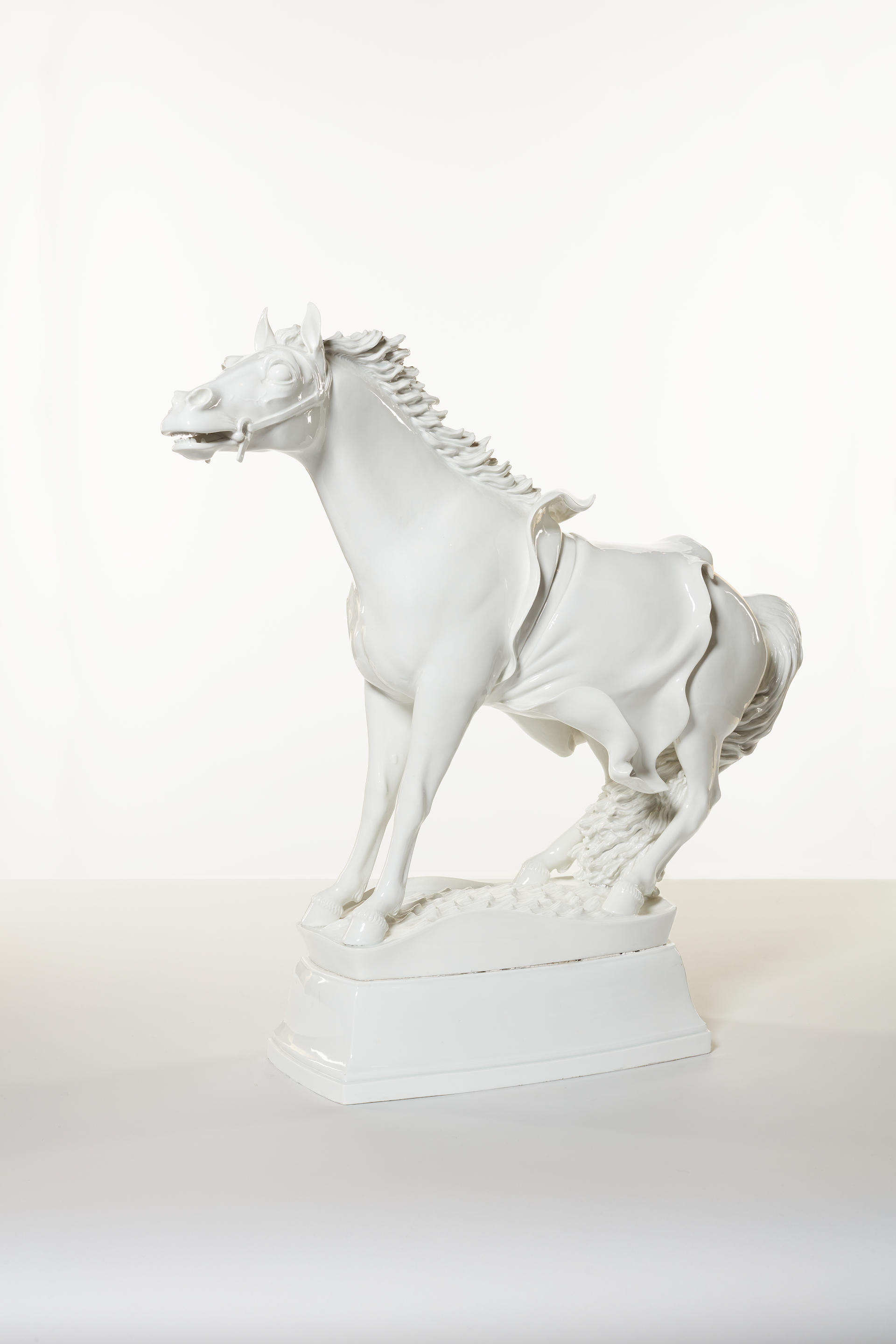
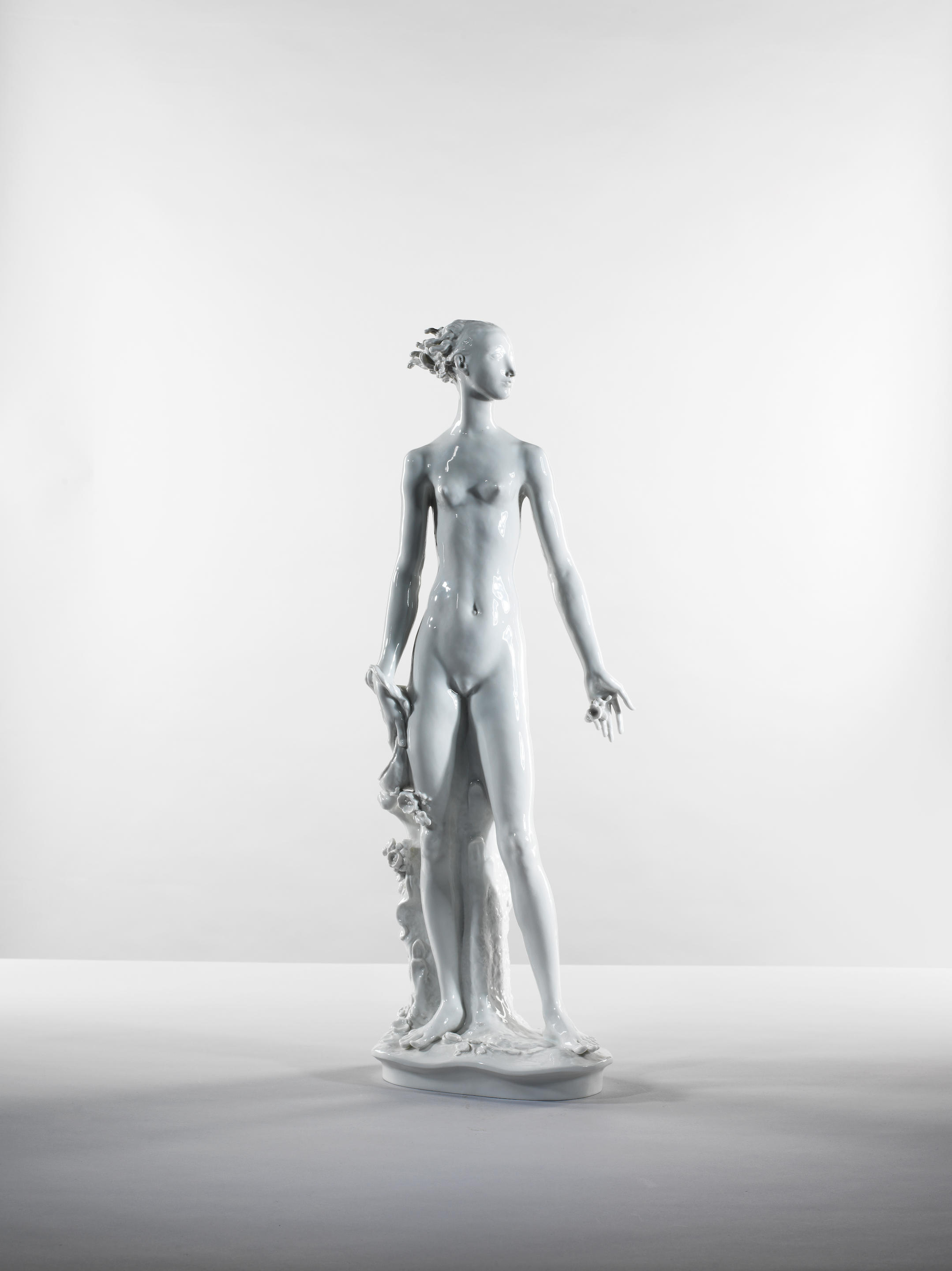
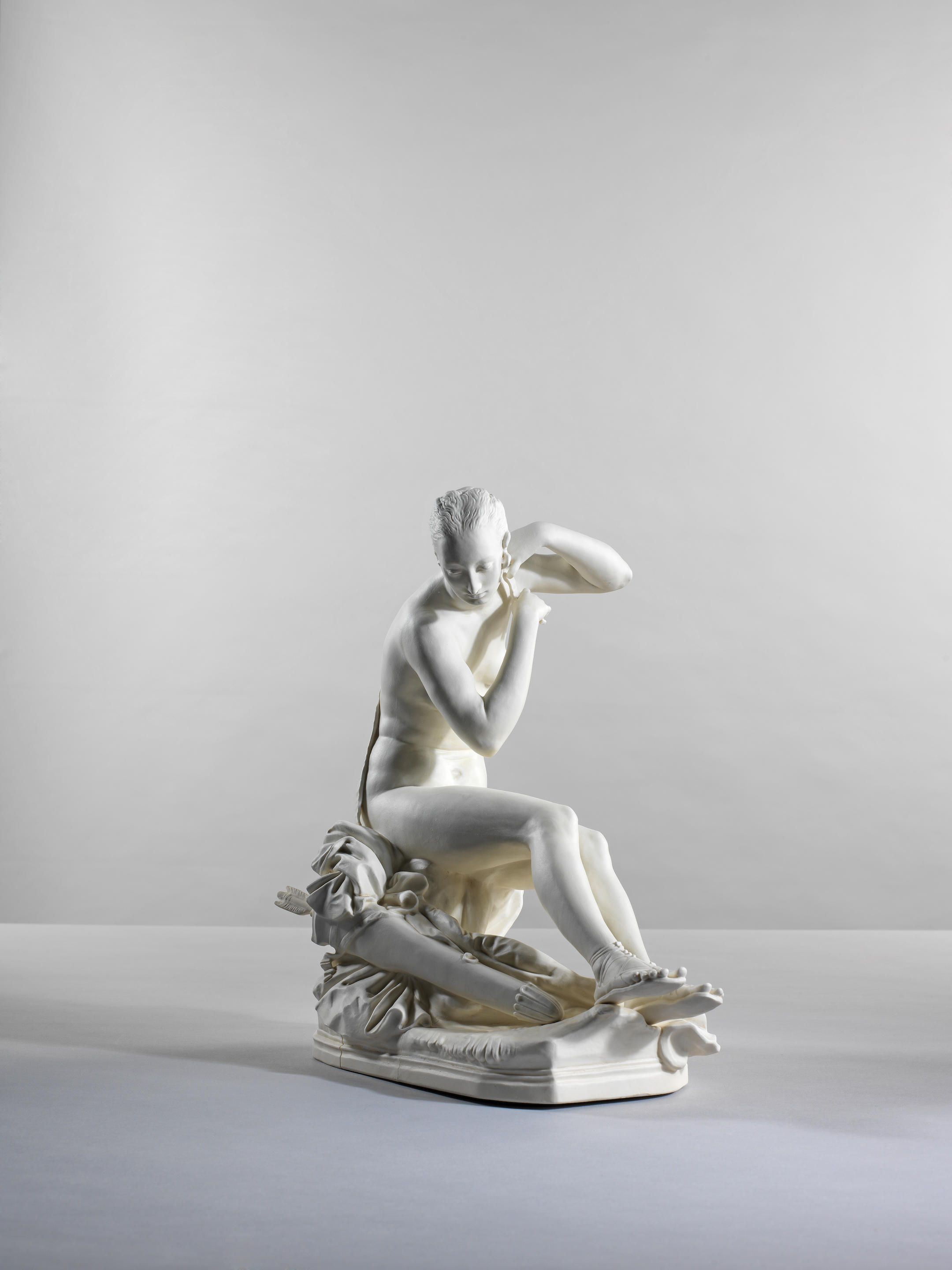
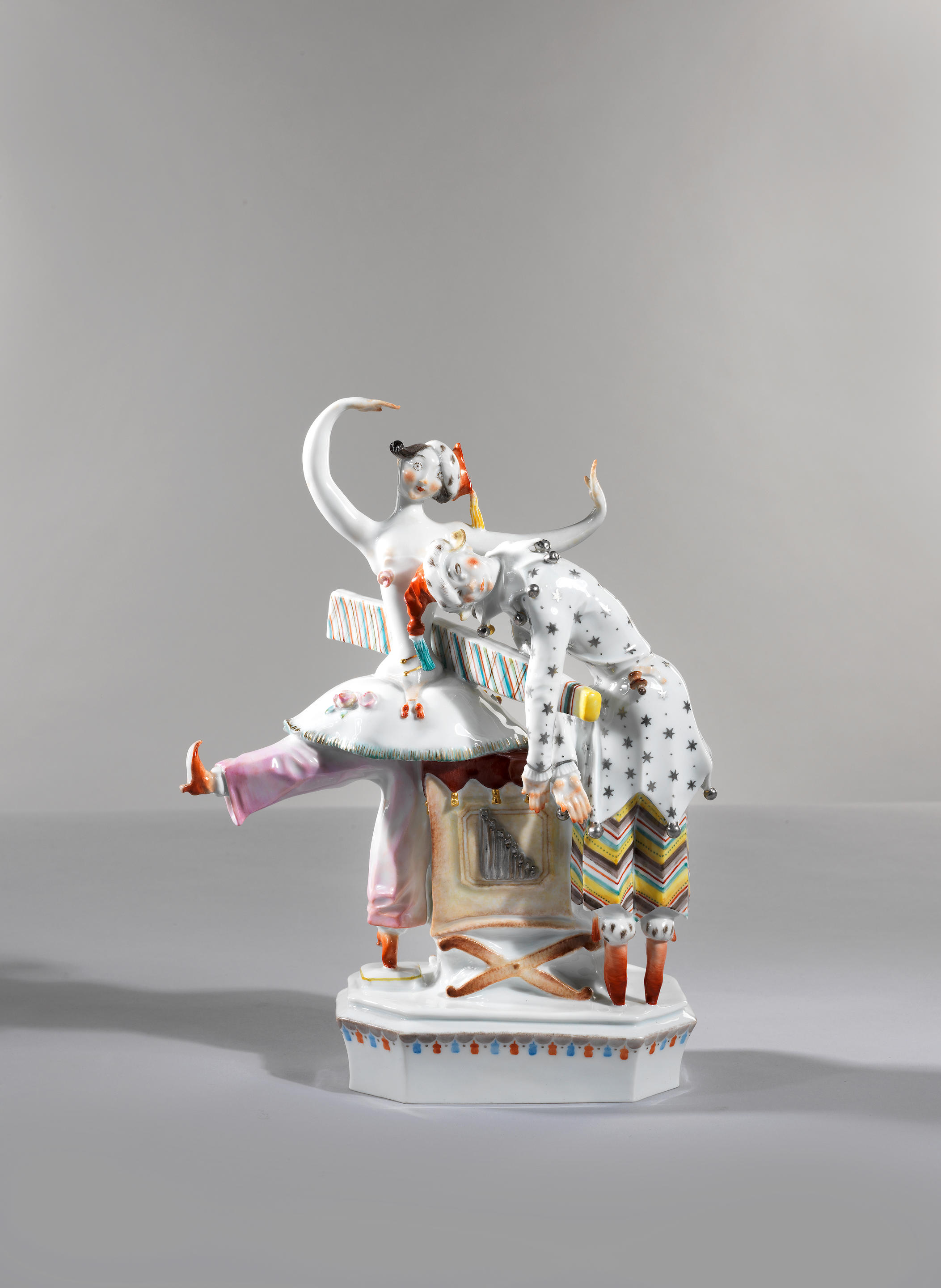
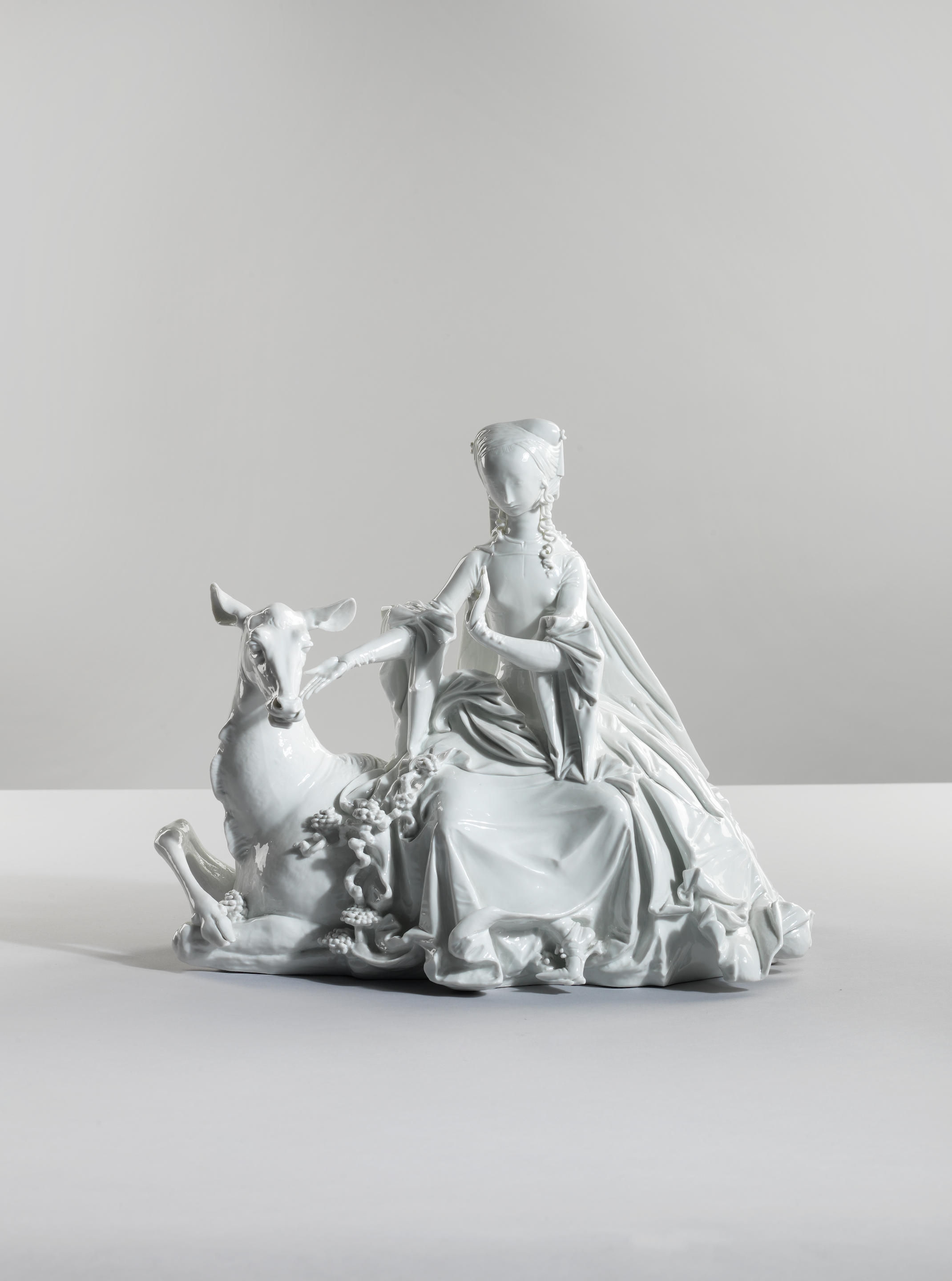
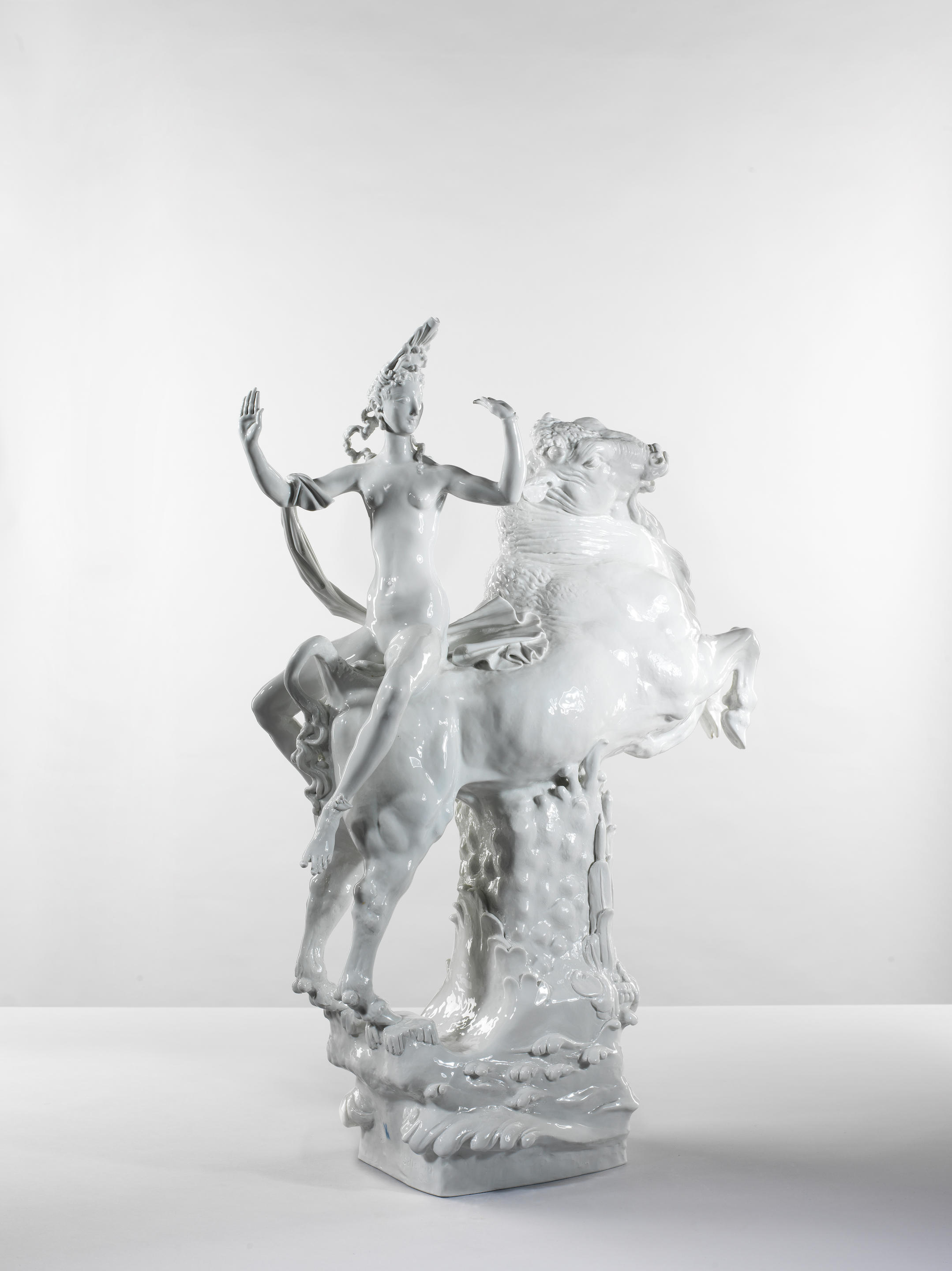
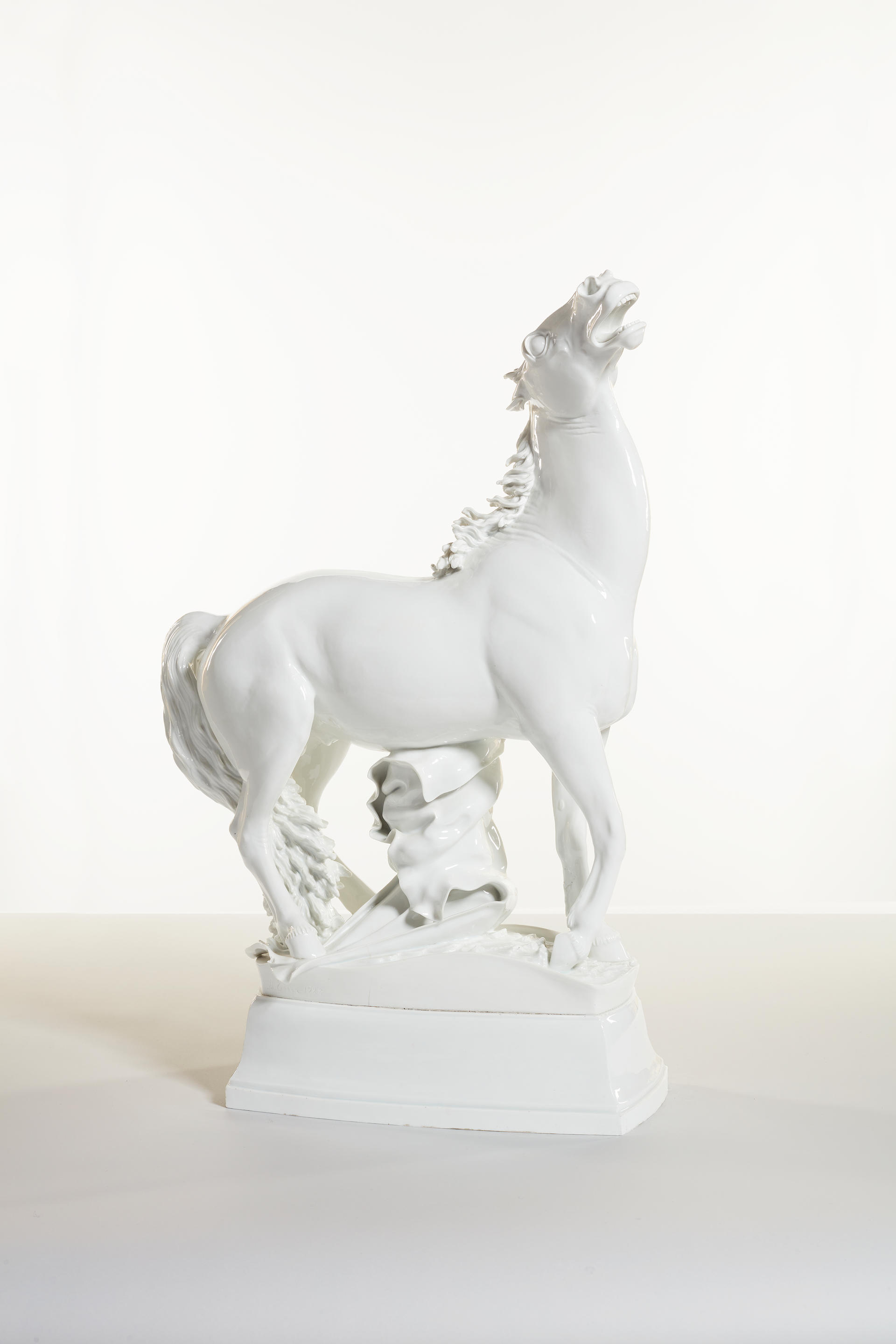
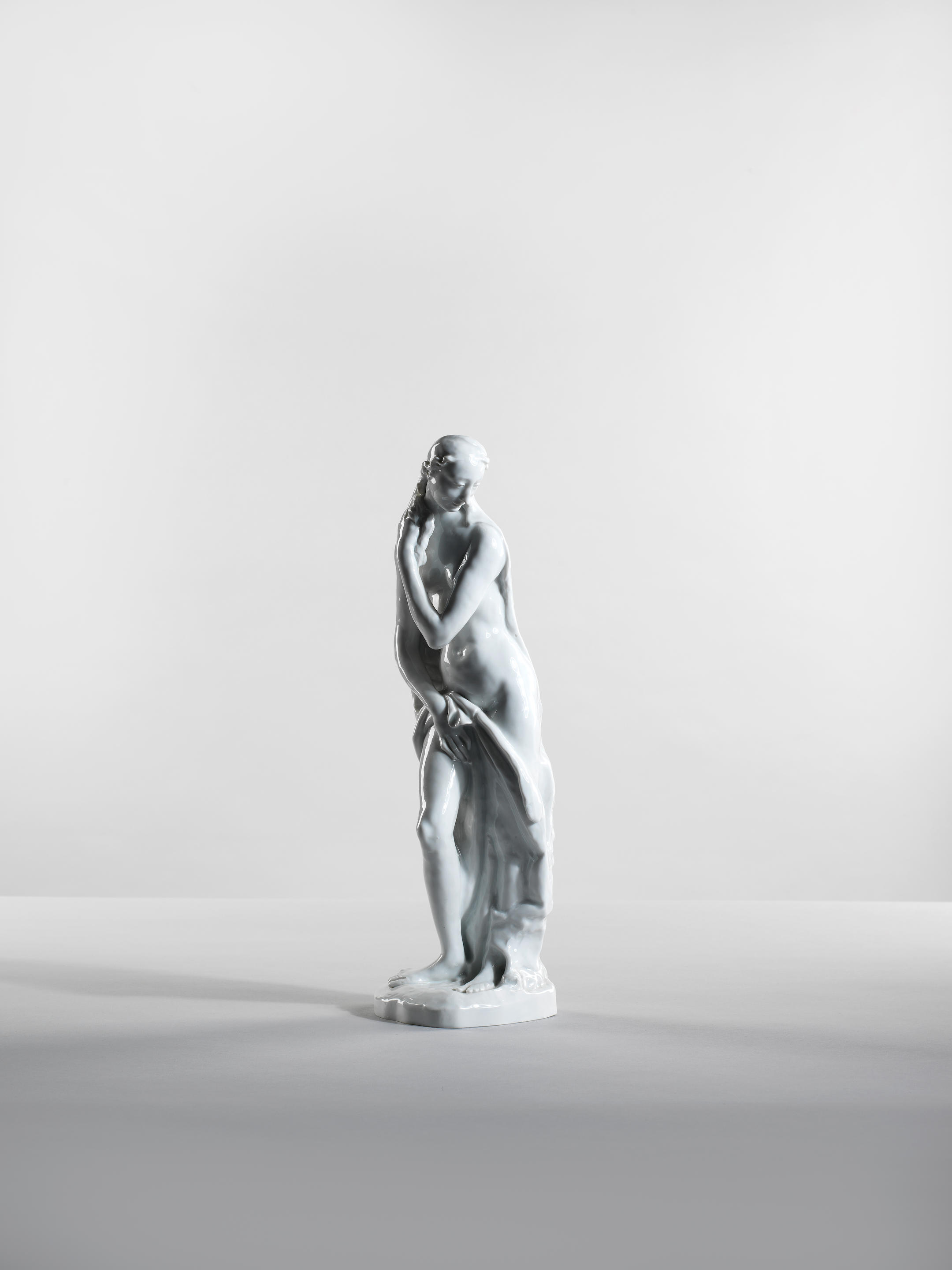





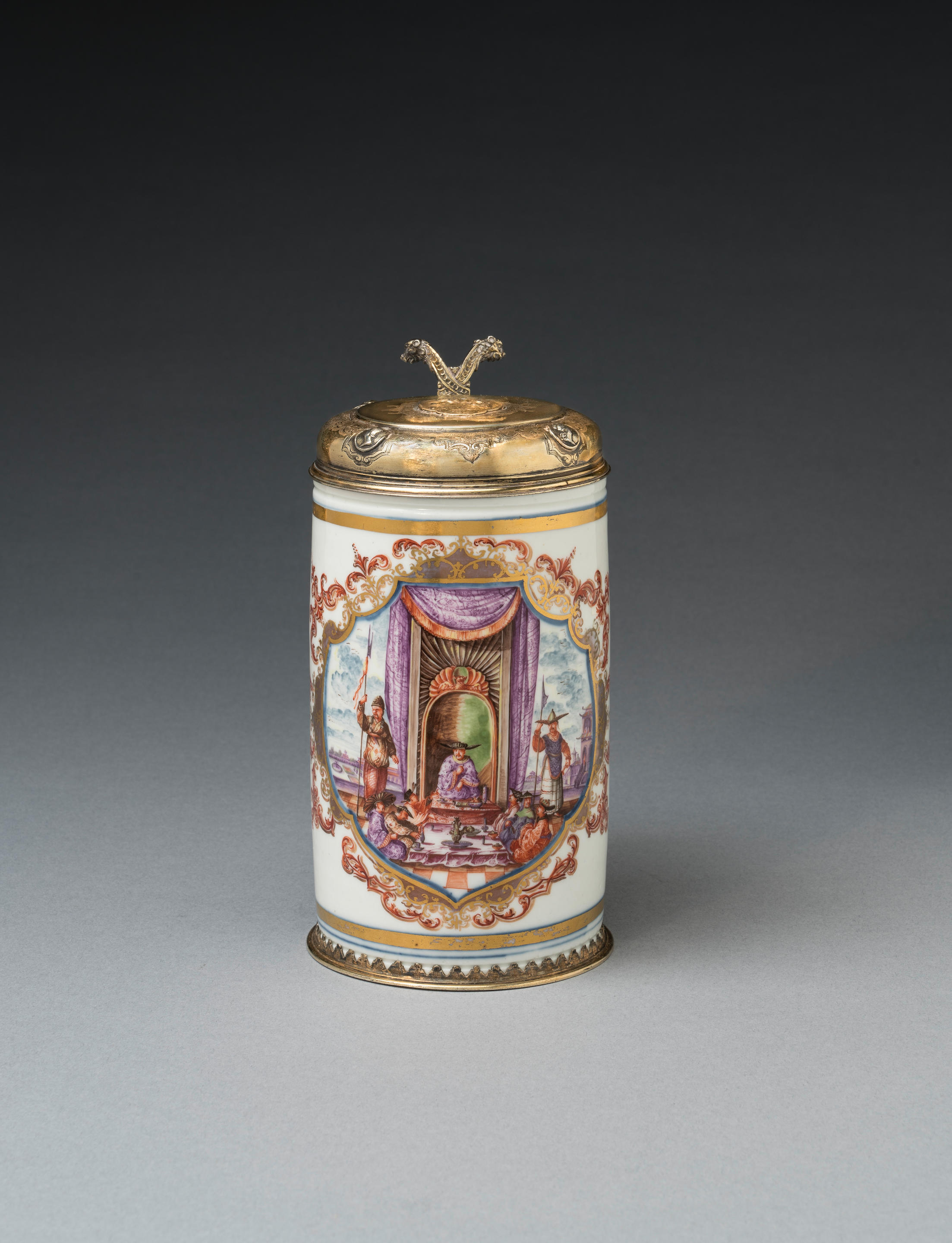
Try LotSearch and its premium features for 7 days - without any costs!
Be notified automatically about new items in upcoming auctions.
Create an alert